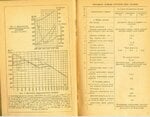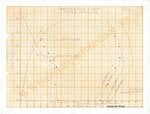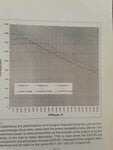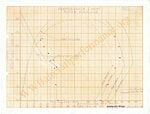windhund116
Senior Airman
- 360
- Jul 3, 2017
The valve stem in a sodium cooled valve was hollow with the sodium not filling the void, the sodium moved up and down the valve stem as the engine ran giving much more rapid heat transfer from the hottest to the coolest part.
Yeah. That is what I was taught by a mechanic. Convection action.





